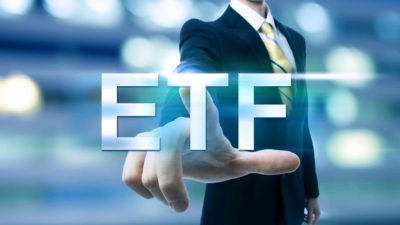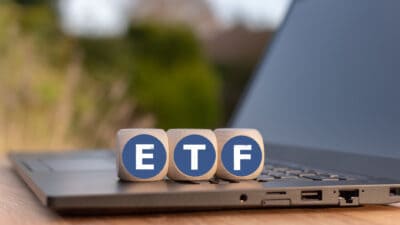Investors are finding ASX exchange-traded funds (ETFs) highly appealing, a new report shows.
In FY24, one in four (or 26%) trading orders placed via the Selfwealth Ltd (ASX: SWF) platform involved these baskets of stocks.
The Selfwealth report highlighted that investors demonstrated a higher buying conviction for ASX ETFs compared to individual shares, with seven out of 10 ETF trading orders being buy transactions.
This may indicate investors prefer ETFs to individual stocks for long-term investment.
Selfwealth said:
[ETFs] also commanded the highest buying conviction, and by some margin, with the buy-to-sell ratio being exceptionally high at 69.6%.
… this result is indicative of long-term interest in ETFs, whereas traditional market sectors were more susceptible to short-term trading activity.
The rest of the trading activity (74%) in FY24 involved individual ASX shares or international shares.
Based on the Selfwealth data, it's fair to say that investors still prefer individual stocks to ASX ETFs overall.
Selfwealth analysed the share trading activity by market sector to identify the types of stocks investors were most interested in over FY24.
It found ASX materials shares had the most trading activity at 25.1% of buy and sell orders combined.
ASX lithium share Pilbara Minerals Ltd (ASX: PLS) attracted the most trading activity in FY24, followed by iron ore shares BHP Group Ltd (ASX: BHP) and Fortescue Ltd (ASX: FMG).
Why are more investors buying ASX ETFs?
One of the greatest benefits of ETFs is instant diversification in a single trade, costing a single brokerage fee.
Selfwealth said the ETFs bought and sold by its clients last financial year spanned various sectors, industries, and thematics.
The popularity of ETFs among Selfwealth clients mirrors broader market trends.
According to Betashares, ASX and CBOE ETFs were worth $205.3 billion in assets under management at the end of FY24.
The co-founder of Betashares, Ilan Israelstam, said:
The Australian ETF industry ended the financial year on another record high, reaching the $200 billion mark in total assets under management after recording robust growth for the half year.
The ETF industry continues to go from strength to strength, as investors increasingly adopt ETFs to build their portfolios.
A net $11 billion was invested in ASX or CBOE ETFs over the first half of CY24. That was more than double the net $4.8 billion invested in the first half of CY23.
This, along with increasing outflows from unlisted managed funds, shows the rising appeal of ASX ETFs.
Examples of popular ETFs
There are 50 issuers of ASX exchange-traded funds, with the biggest providers including Betashares, Vanguard and iShares.
One of the most popular is the Vanguard Australian Shares Index ETF (ASX: VAS).
The Vanguard Australian Shares Index ETF is an index-based ETF that seeks to track the performance of the S&P/ASX 300 Index (ASX: XKO) after fees.
This means investors gain exposure to many blue-chip S&P/ASX 200 (ASX: XJO) stocks. These include BHP Group Ltd (ASX: BHP), Commonwealth Bank of Australia Ltd (ASX: CBA), and CSL Ltd (ASX: CSL).
They also get exposure to younger, up-and-coming companies ranked toward the back of the ASX 300, such as Megaport Ltd (ASX: MP1) and Temple & Webster Group Ltd (ASX: TPW).
Selfwealth said the ASX VAS was traded within nearly 11,000 unique customer portfolios in FY24. That was nearly double the number of portfolios that bought the second most popular ASX ETF.
Another reason Aussie investors are embracing ASX ETFs is their easy exposure to international shares.
An example is iShares S&P 500 AUD ETF (ASX: IVV).
The iShares S&P 500 ETF is an index-based ETF that seeks to mirror the performance of the 500 largest US companies comprising the S&P 500 Index (SP: .INX).
The IVV exchange-traded fund is one of the 10 cheapest ETFs on the market.









